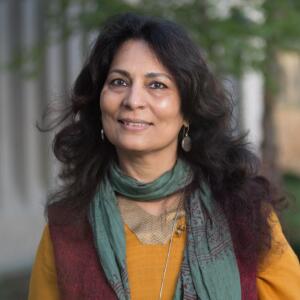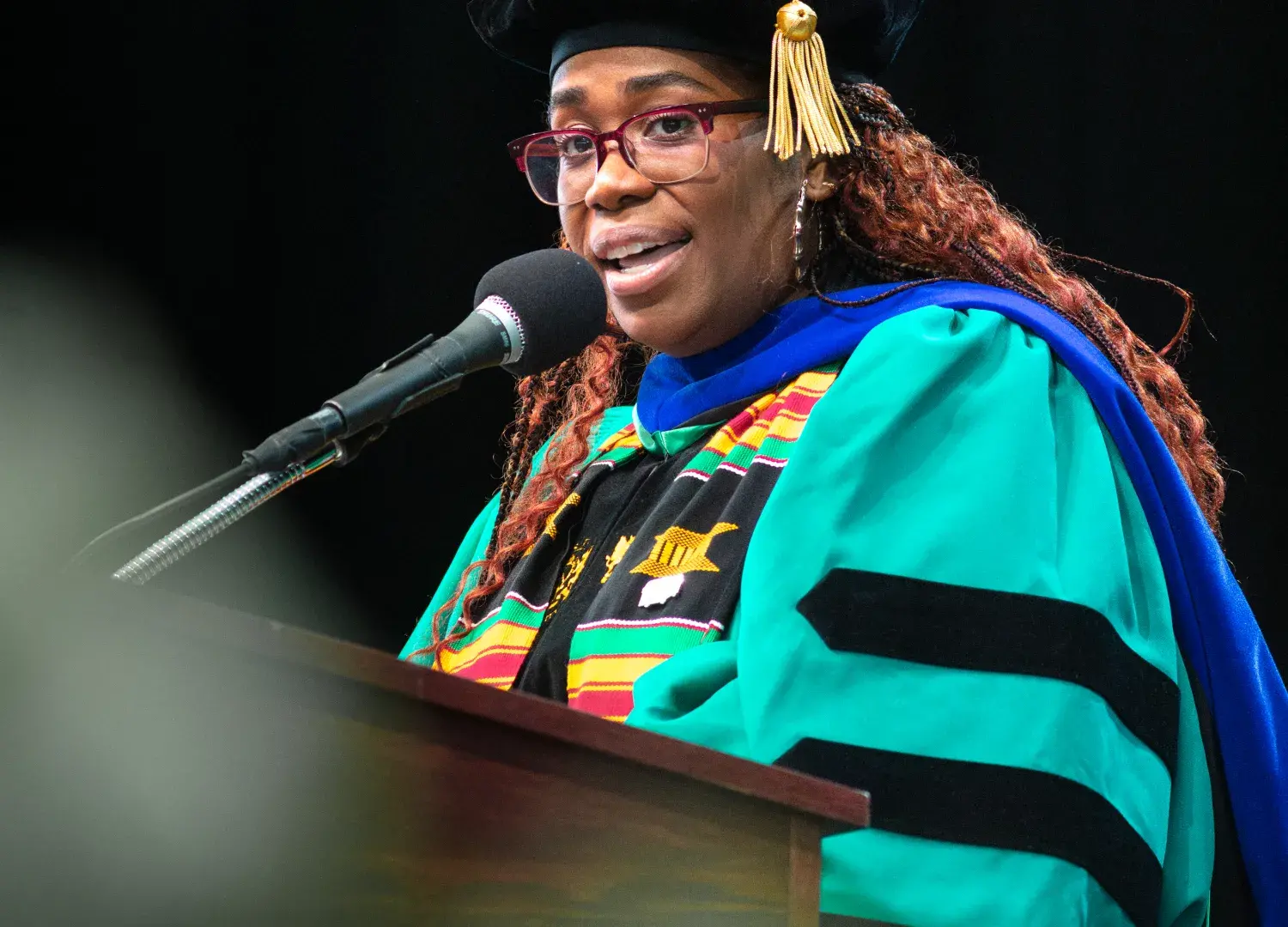As “Oppenheimer” remains among the highest-grossing movies of the summer and we approach 78th anniversary of the Aug. 8, 1945, of the United States dropping two atomic bombs on Japan, Dr. Meenakshi Chhabra reflects on the virtual exhibition “’Oppenheimer’ and ReStorying Hiroshima & Nagasaki.”
“The last time there was any public discussion on the topic was in 2017, when the International Campaign to Abolish Nuclear Arms (ICAN) was awarded the Nobel Prize,” Professor Chhabra, a Fulbright Global Scholar, wrote in an update to the exhibit page. In 2019 US and Russia exited from Cold War-era arms control treaties. China launched a nuclear weapon buildup. And the Russia-Ukraine war started in 2022.”

The exhibit is curated by Chhabra, Social Sciences Professor Kazuyo Kubo, Desgin Professor Kristine Lamour Sansone, and former Graduate School of Arts and Social Sciences staff member and Lesley alumna Isabelle Olsson ’22. “ReStorying” refers to “seeing ourselves as intrinsically connected through our shared human experiences across time, borders, and boundaries; the pain and suffering of violence and the longing for peace and security,” according to the exhibit description.
Chhabra indicates that “Oppenheimer” doesn’t seem to explore that aspect of that decisive chapter in the history of World War II.
“The film stays away from showing the viewer the bombing of Hiroshima and Nagasaki, events that led to the killing of around 200,000 people,” she writes. “We do hear Oppenheimer say these famous words when he sees the mushroom cloud rise: ‘Now I am become death, the destroyer of worlds.’
“And despite the horror of the event, from that point in history, as a human race, we normalized the existence of nuclear weapons. In doing so, we implicated ourselves and the generations to come as ‘destroyers of the world.’”

